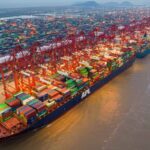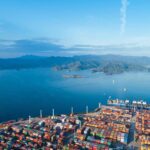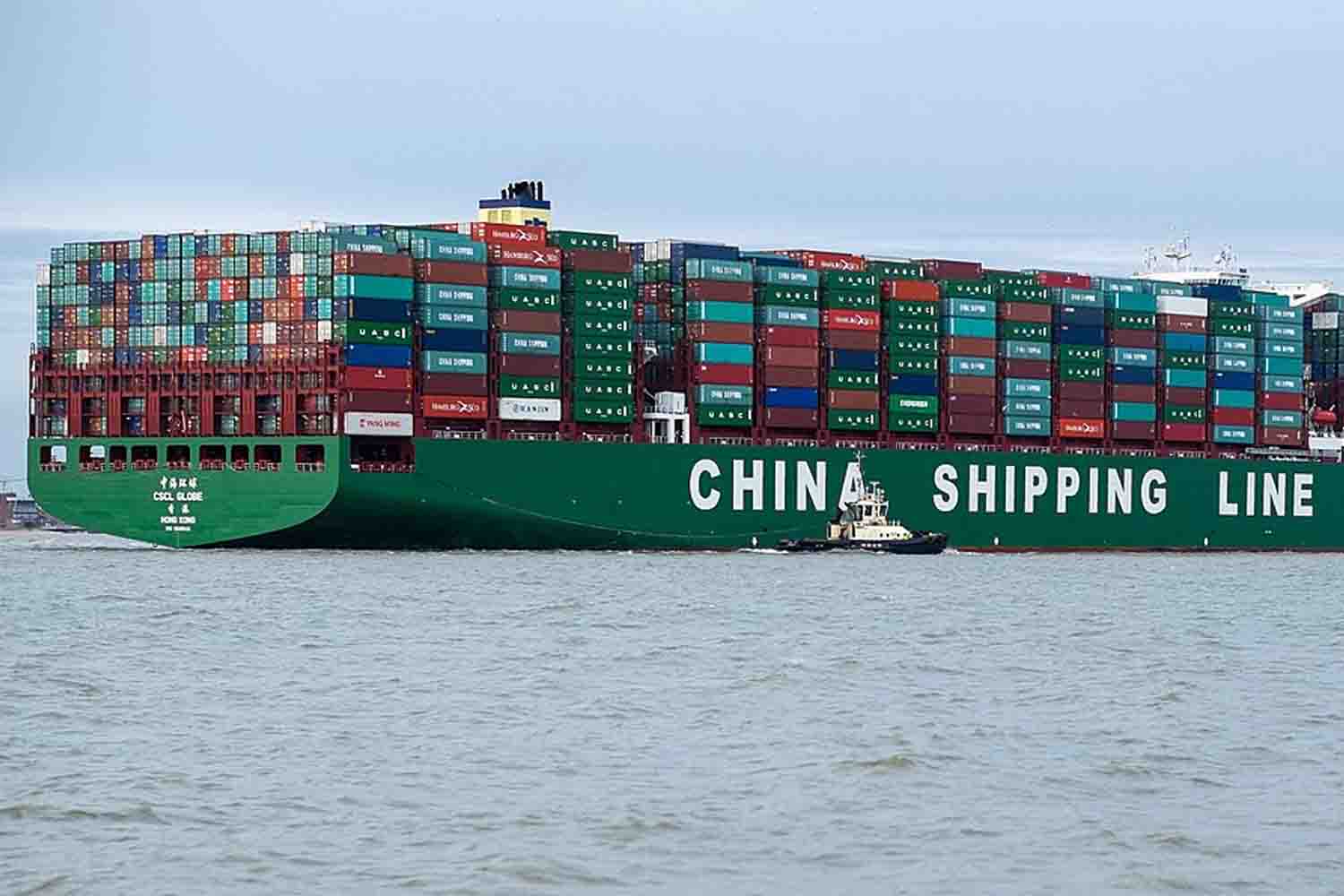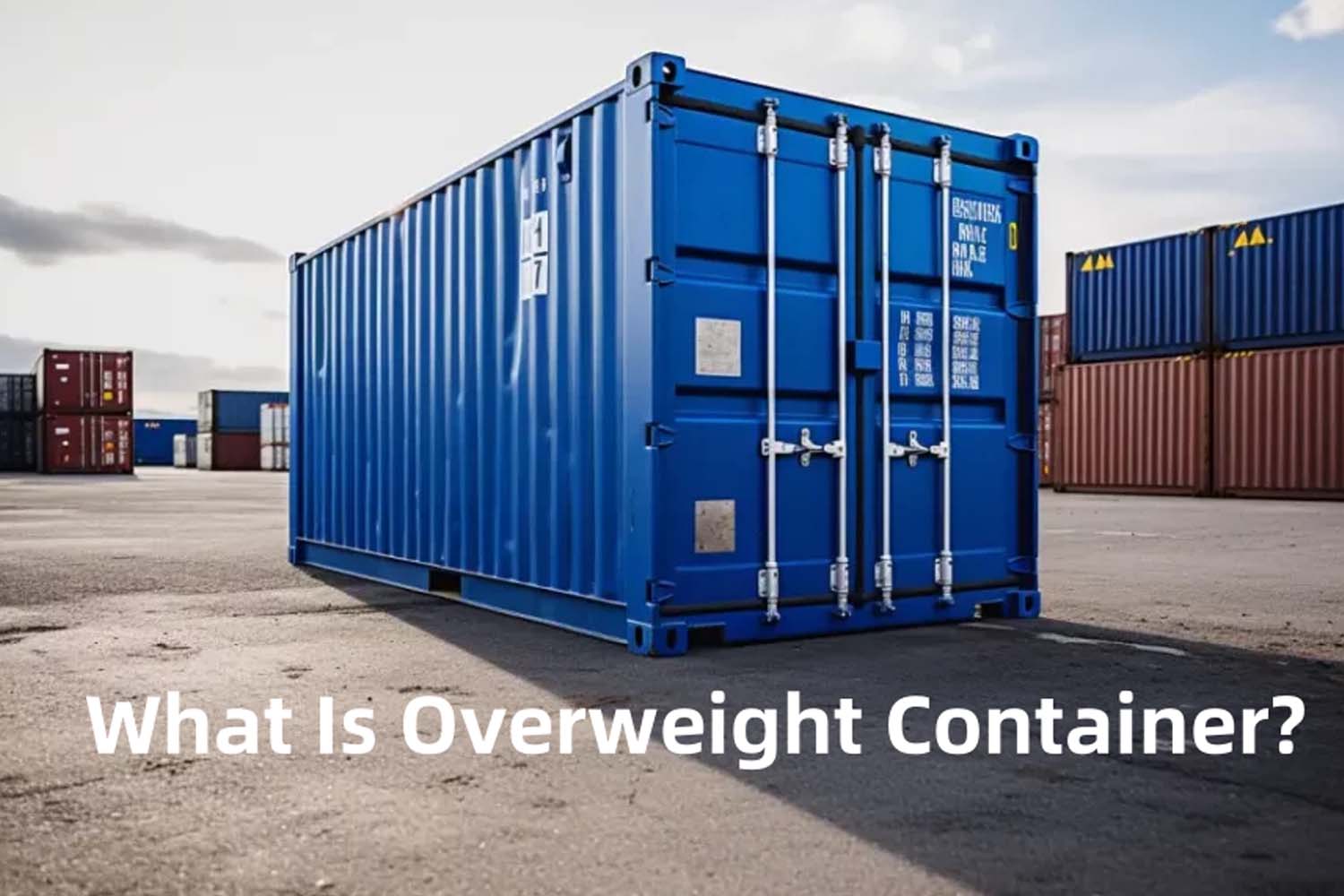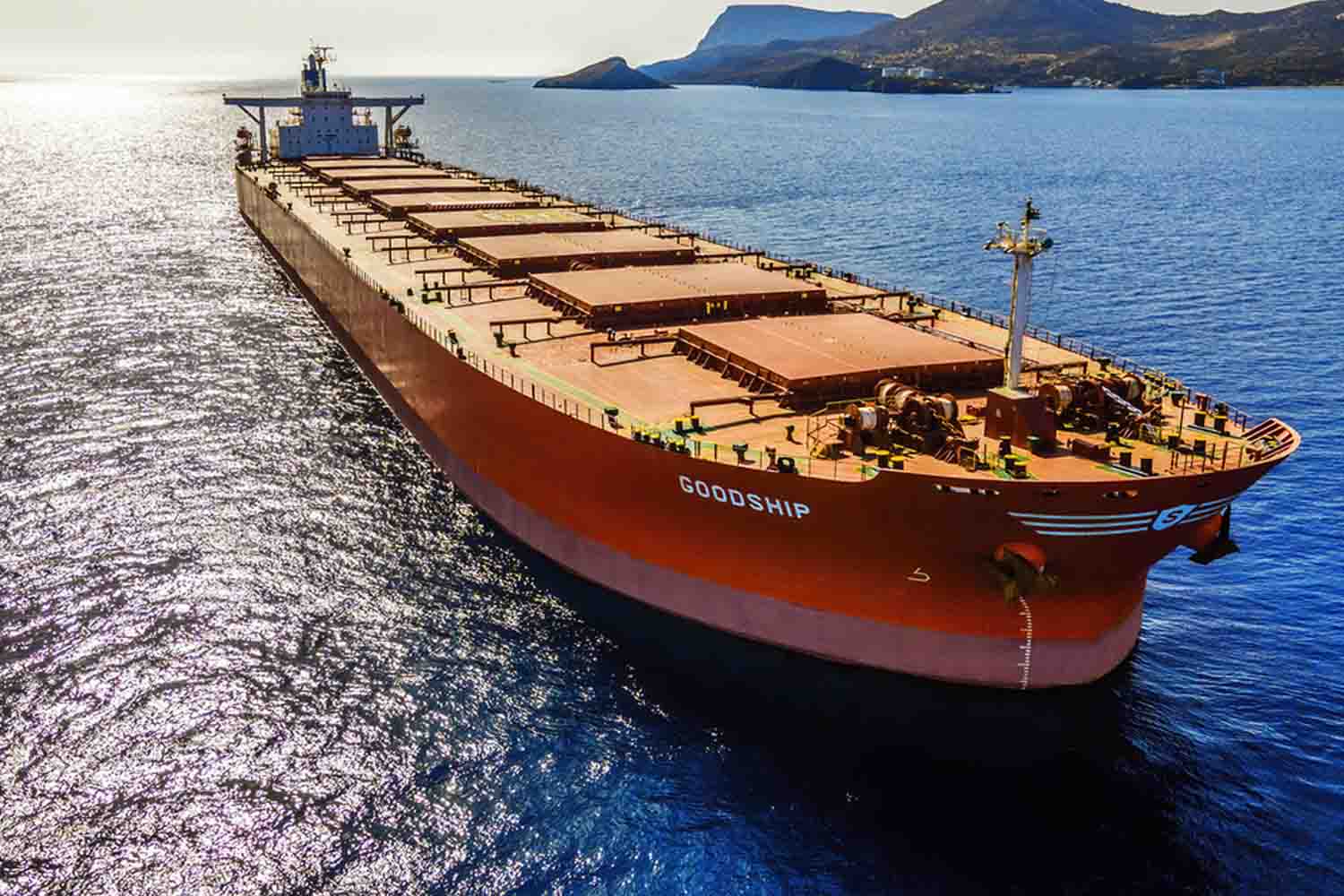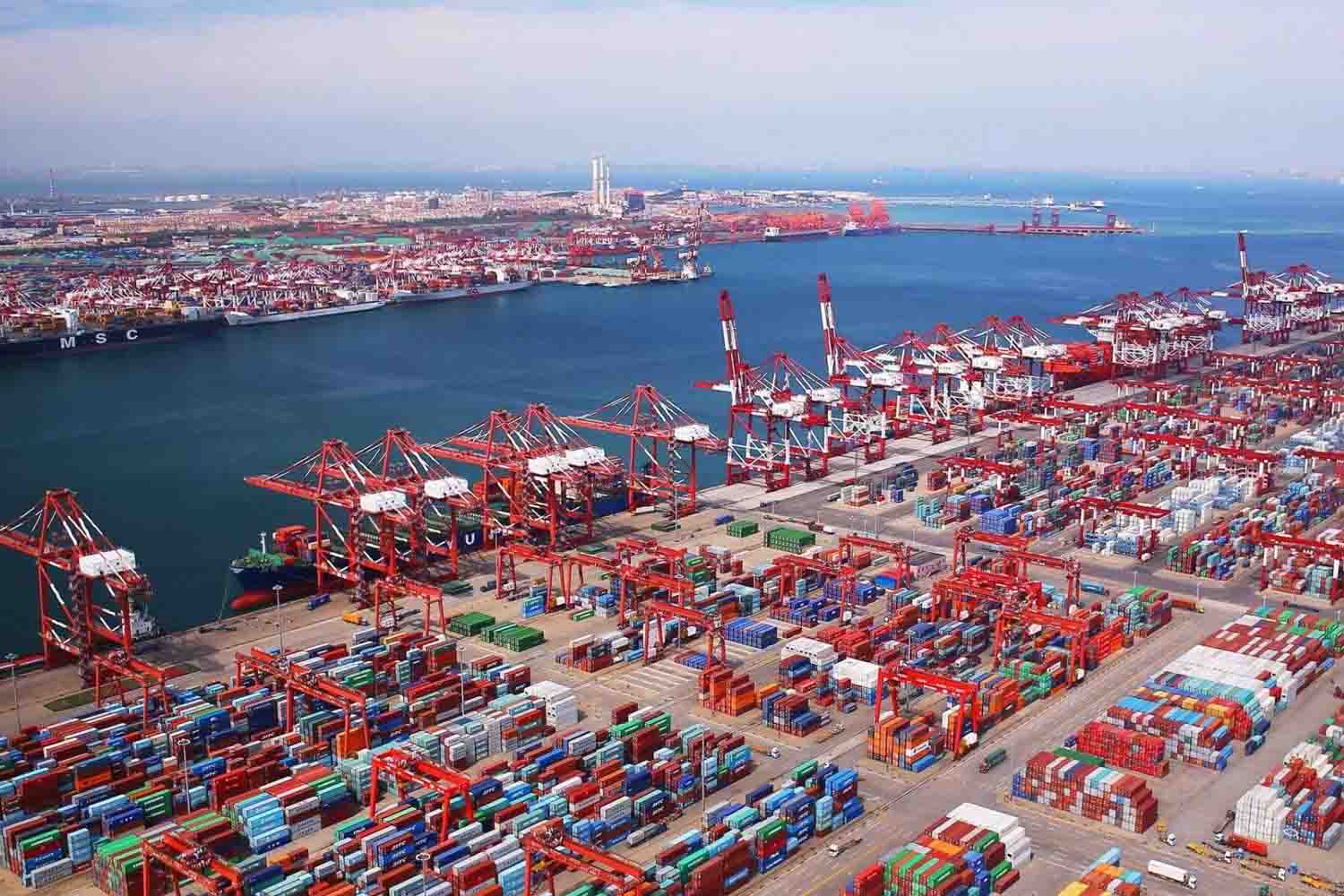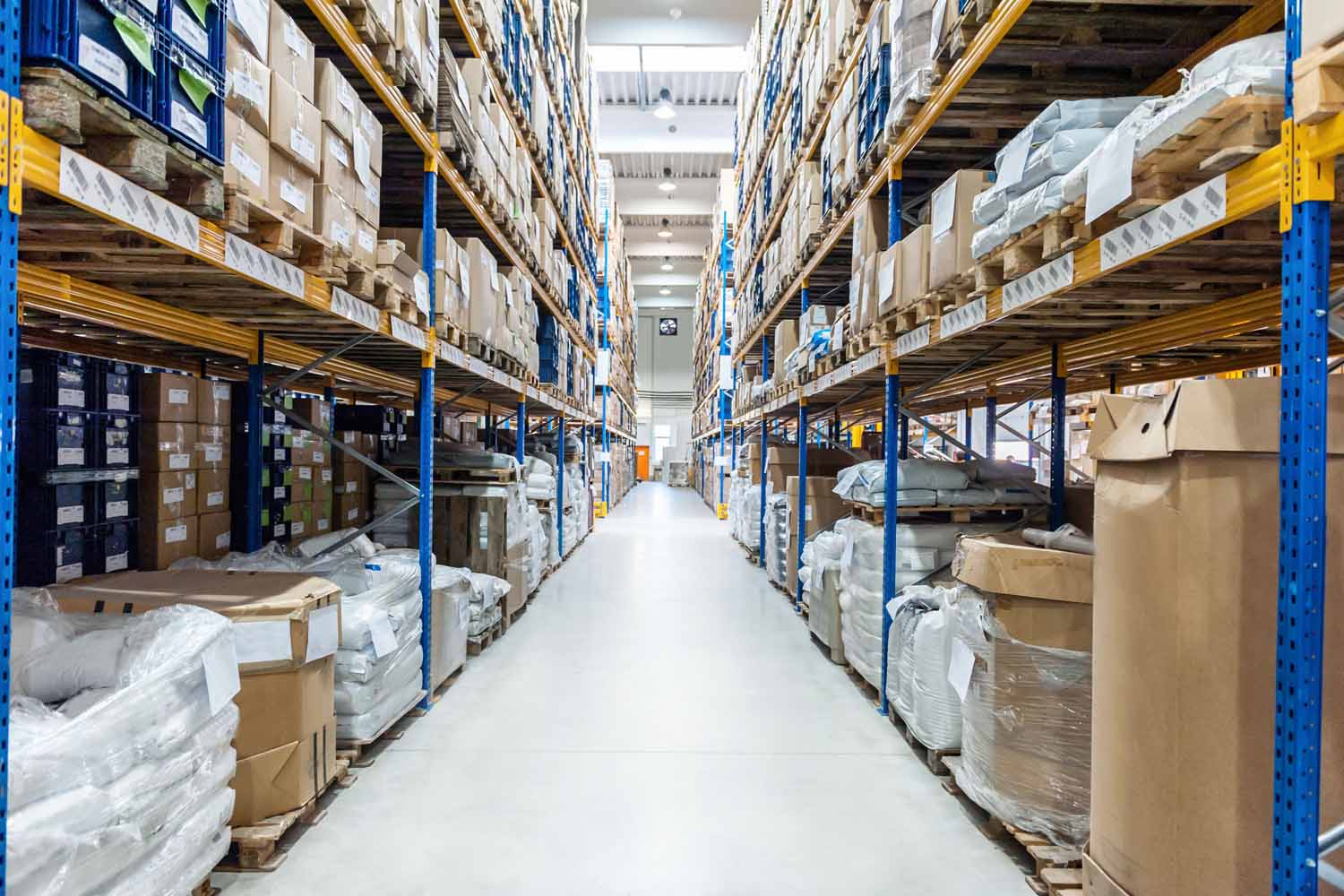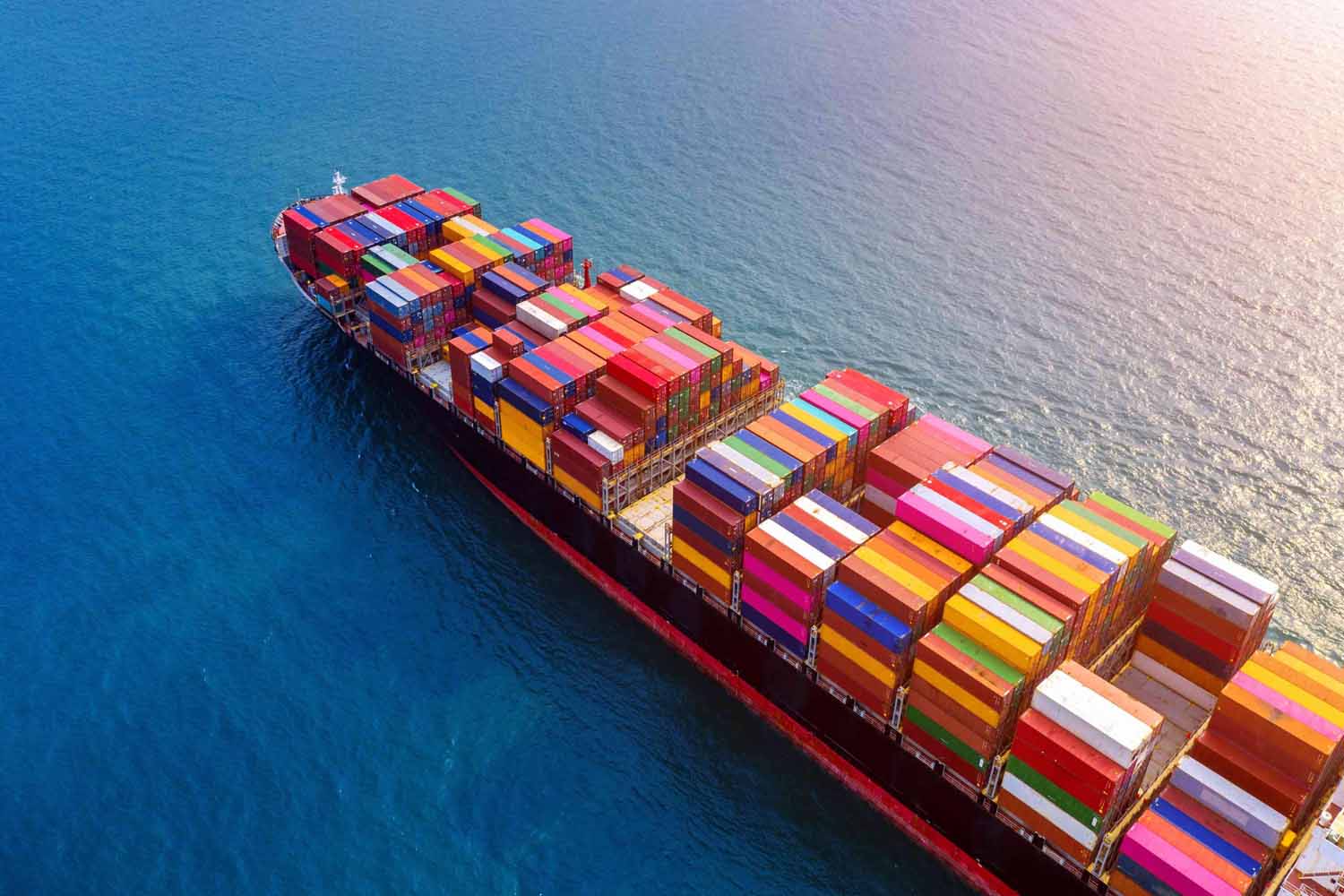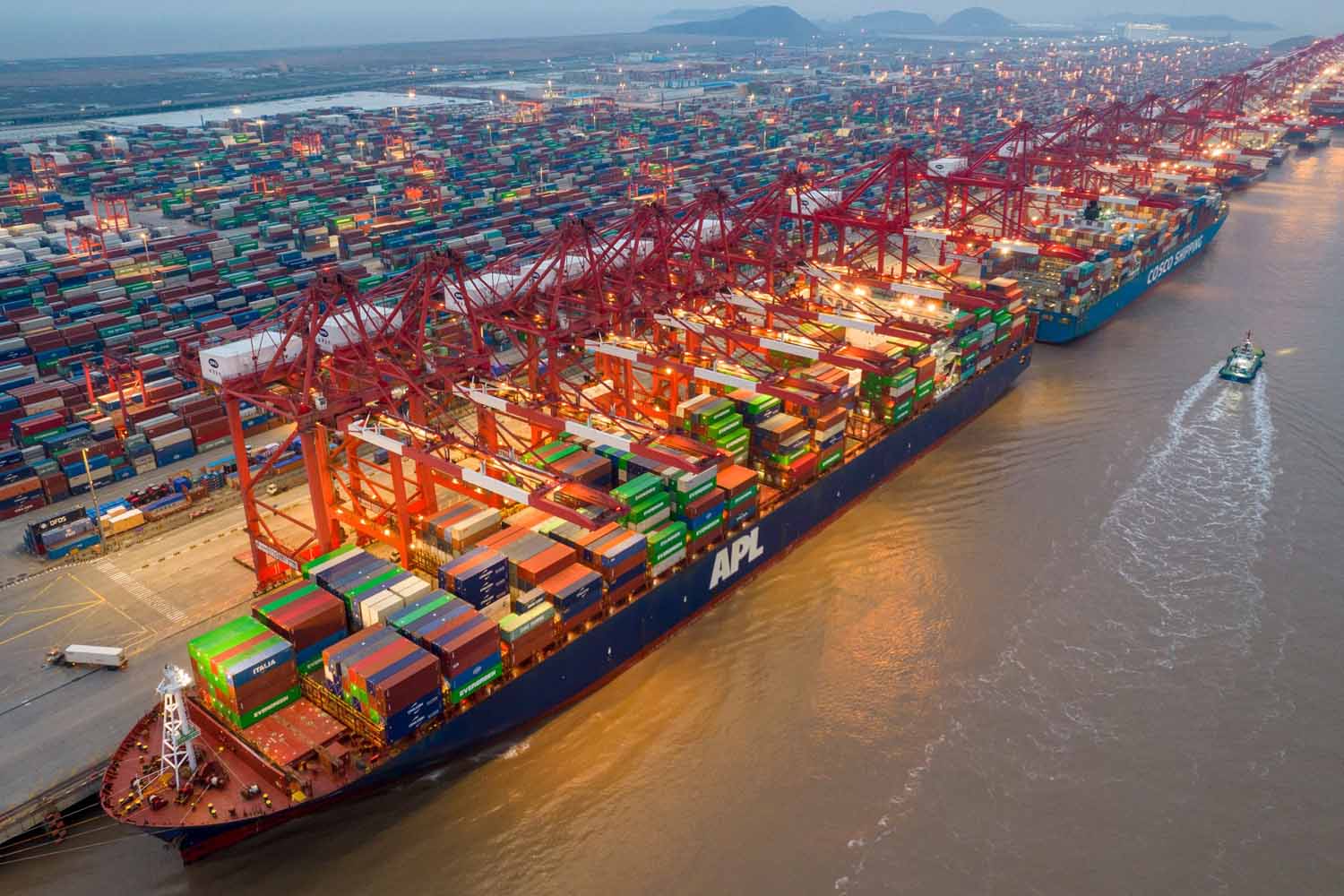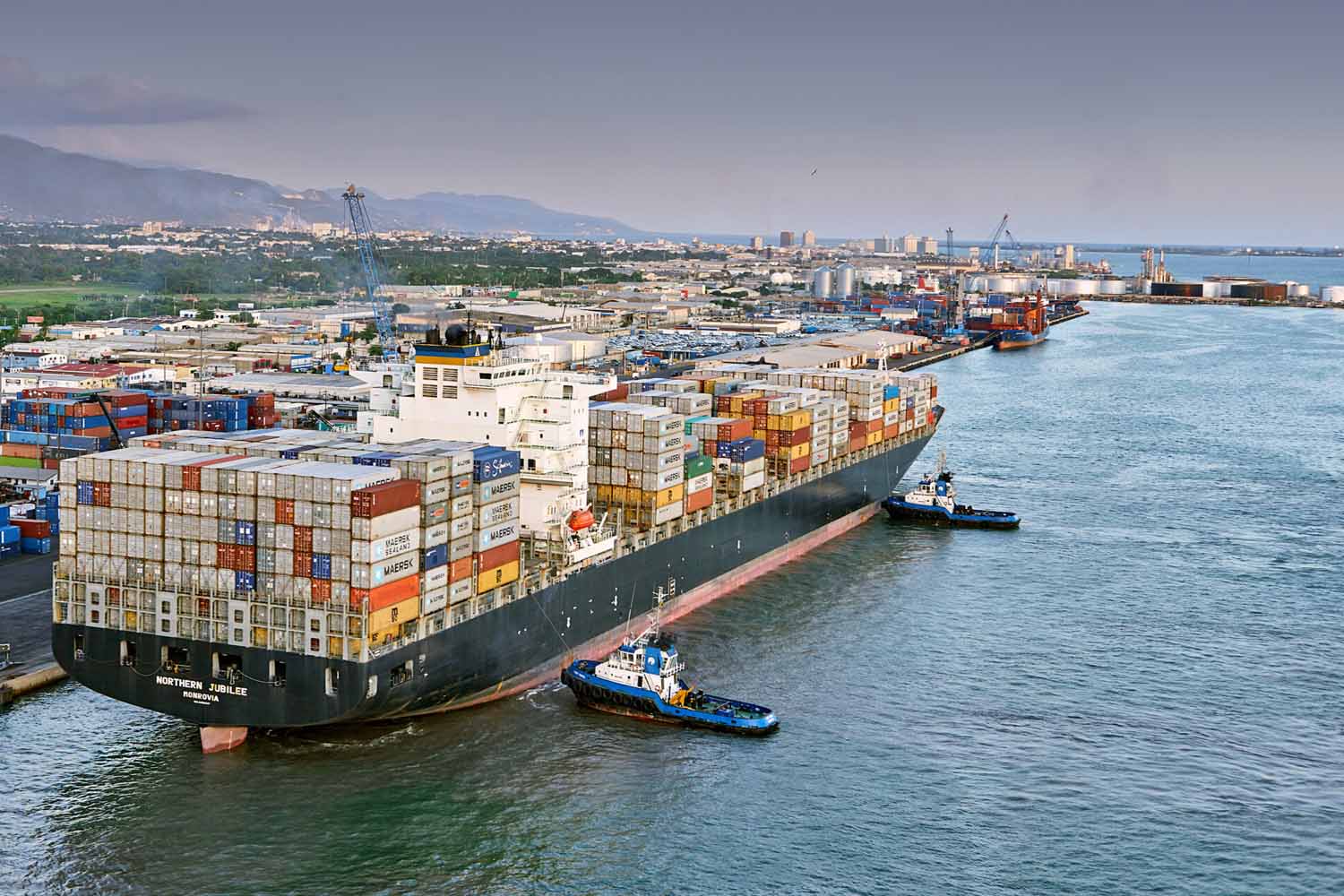中国海运流程的七个关键步骤
Understanding the ocean shipping process in China is crucial for ensuring smooth logistics and avoiding unexpected costs. This process involves seven main steps, each with associated costs typically borne by the shipper or consignee. Here’s a detailed breakdown of the process in China:
Overall, the seven steps are: export haulage, origin handling, export customs clearance, ocean freight, import customs clearance, destination handling, and import transportation.
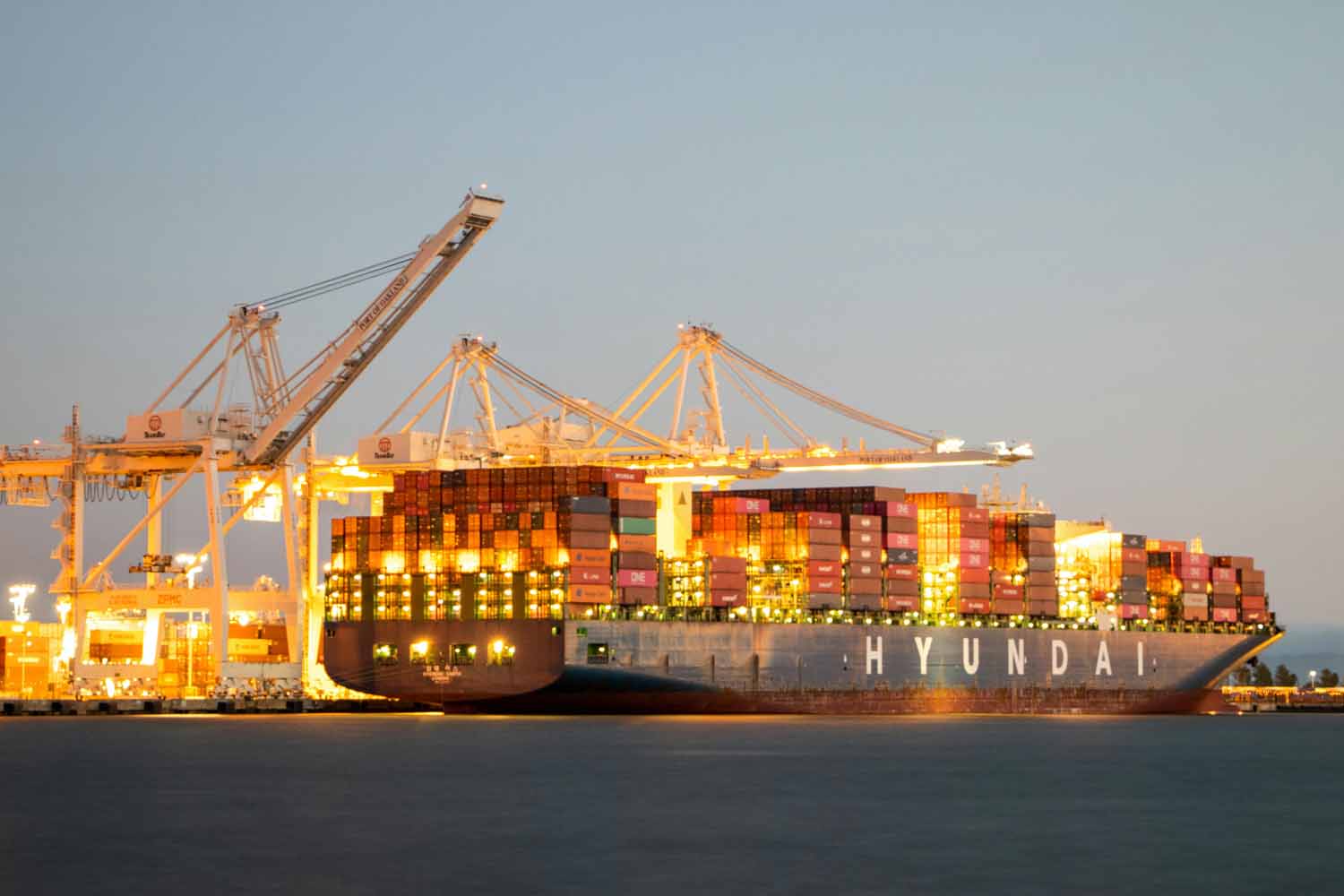
1. Export Haulage
The first step in the ocean shipping process in China is export haulage, which involves transferring goods from the shipper to the freight forwarder’s facility. For smaller shipments, the forwarder may transport them to an export consolidation center (origin warehouse) to await consolidated shipping. Export haulage typically uses road (trucking), rail, or intermodal transport. Costs are generally covered by the shipper, though arrangements can be made for the consignee to pay.
2. Export Customs Clearance
Every shipment leaving the country must undergo procedures to meet regulatory requirements. Customs clearance involves preparing declarations and submitting necessary documents to customs, performed by a certified customs broker. This can be handled by a freight forwarder with customs clearance capabilities or a designated customs broker chosen by the shipper. Clearance must be completed before the goods leave the country.
3. Origin Handling in The Ocean Shipping Process In China
Origin handling in the process includes all physical handling and inspections from receiving goods at the origin warehouse to loading them onto the ship. While many tasks are involved, the freight forwarder coordinates them. This includes checking the goods, planning the load, consolidating with other shipments, containerizing, and transporting to the export port for loading onto the vessel. Costs incurred here are paid by the shipper or consignee.
4. Ocean Freight
This step in the ocean shipping process in China involves the freight forwarder signing a container shipping contract with the shipping line. The shipper or consignee cannot contact the shipping line directly. Ocean freight charges, along with surcharges like fuel and currency adjustment fees, are borne by the shipper or consignee.
5. Import Customs Clearance
Import customs clearance in the ocean shipping process in China usually begins before the goods arrive in the destination country. A freight forwarder or consignee-appointed customs broker prepares declarations and submits them with required documents to local customs. This process must be completed before the goods leave the destination country’s bonded area.
6. Destination Handling
In the ocean shipping process in China, goods need processing in the destination country before being released to the consignee. This includes transferring containers from the ship to shore, moving them to the forwarder’s warehouse, unloading, and preparing goods for pickup. All fees must be paid before release, with either the shipper or consignee responsible for payment.
7. Import Transportation
The final step in the ocean shipping process in China is delivering goods to the consignee. Typically, a transportation company designated by the forwarder or consignee moves the goods from the forwarder’s warehouse to the consignee’s specified address. The consignee handles unloading, but additional fees can cover this service by the forwarder or transport company.
Key Participants Ocean Shipping Process In China
"(《世界人权宣言》) ocean shipping process in China involves four main participants: the shipper, consignee, freight forwarder, and shipping line. The shipping line handles ocean transport, while the freight forwarder is the primary logistics provider for the shipper or consignee. It’s essential to choose a reputable, reliable, and professional freight forwarder for international shipping.


